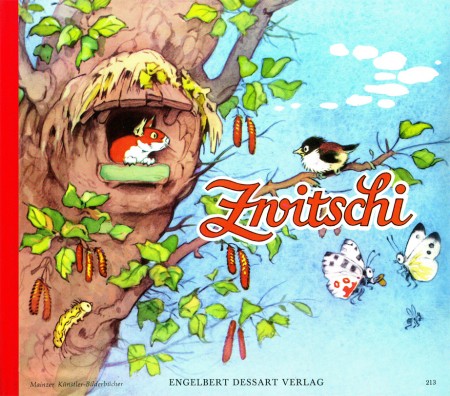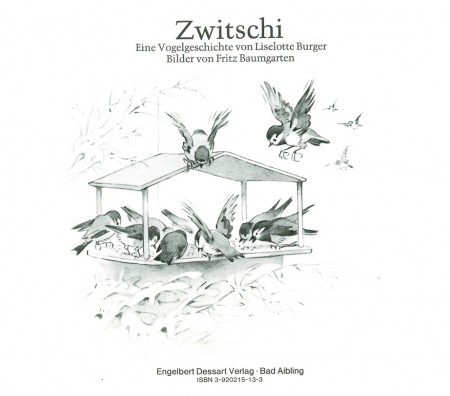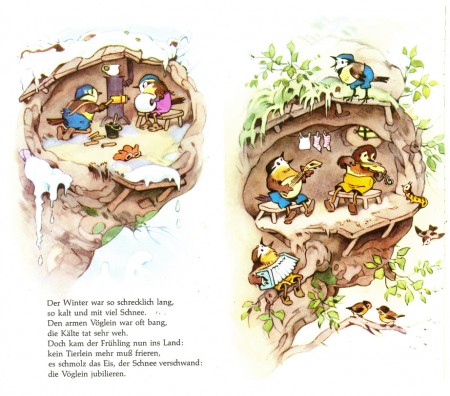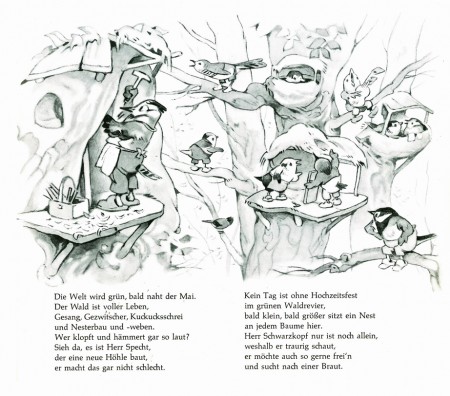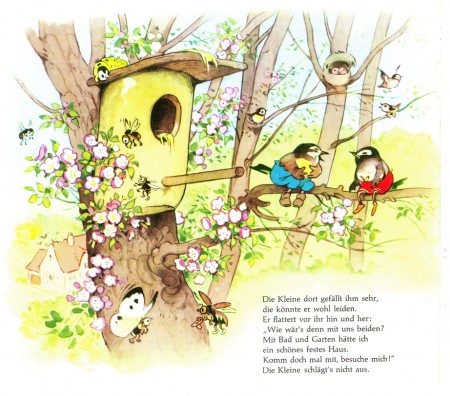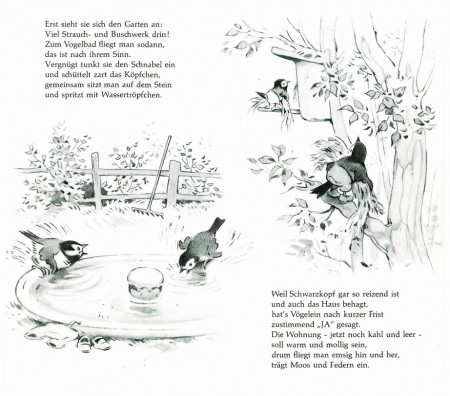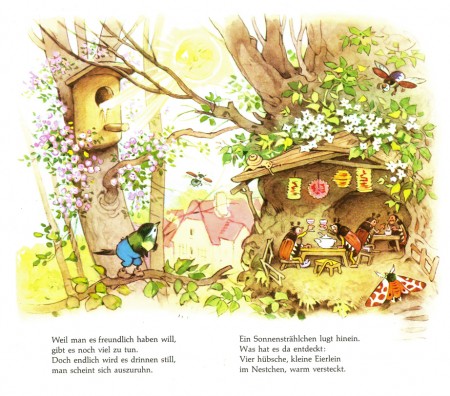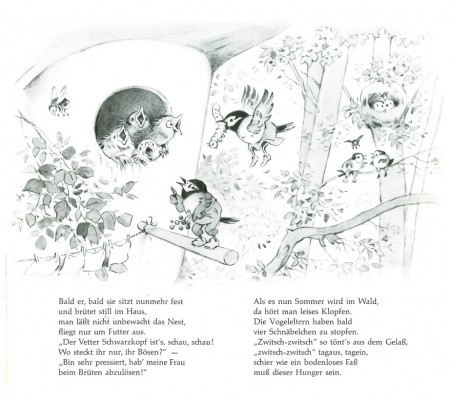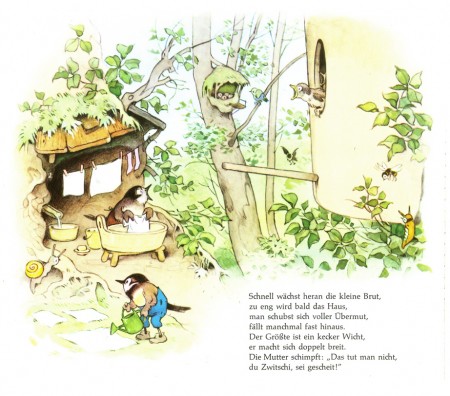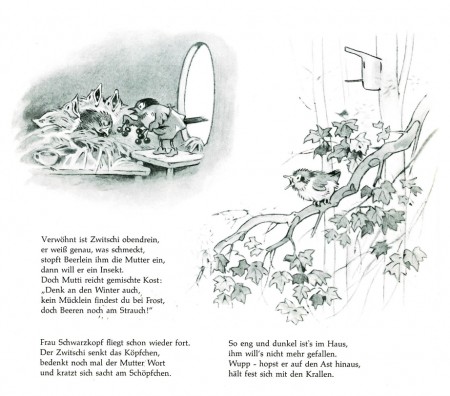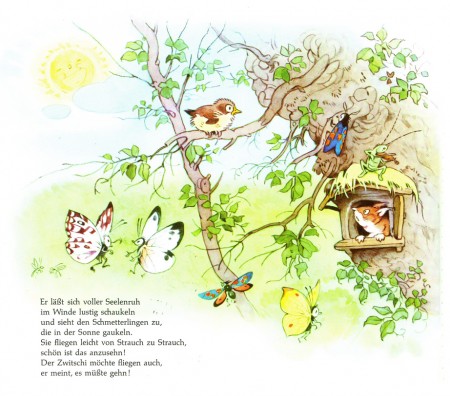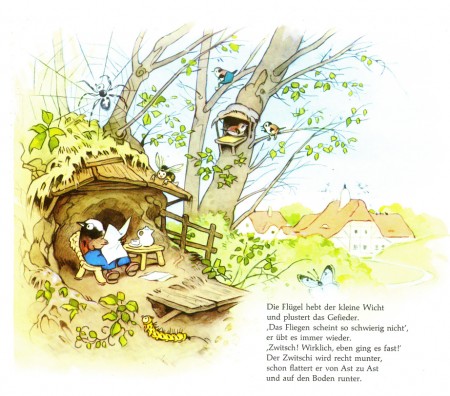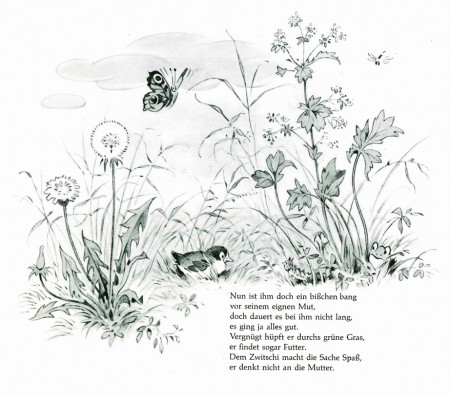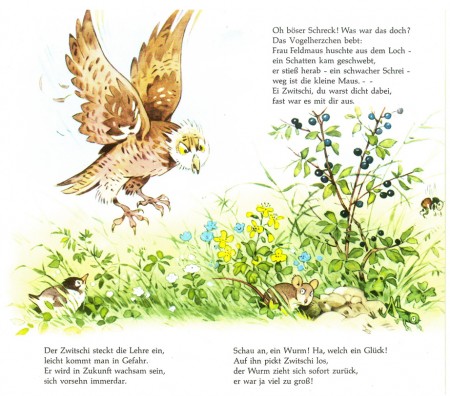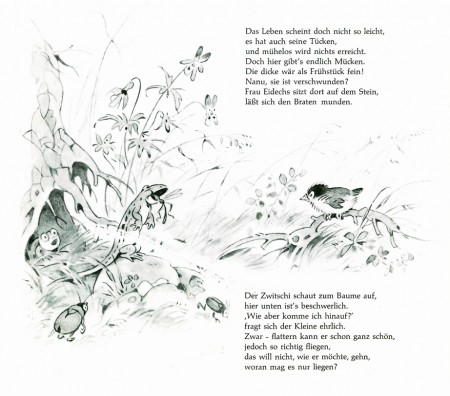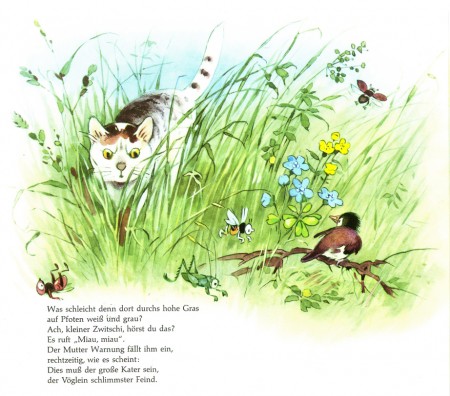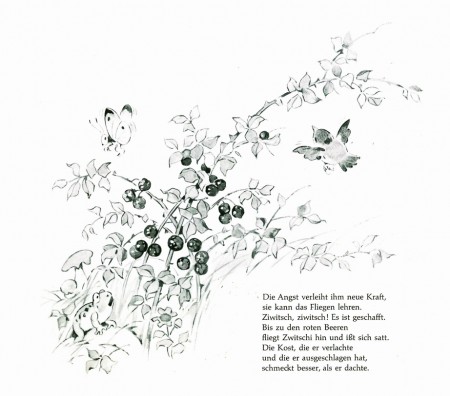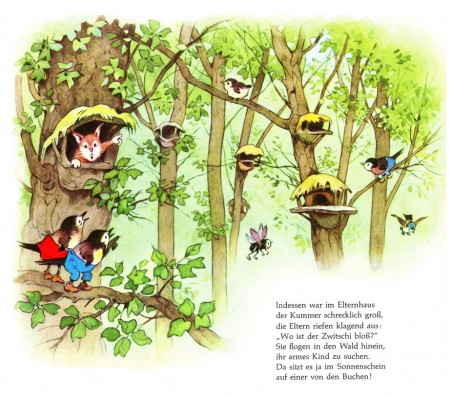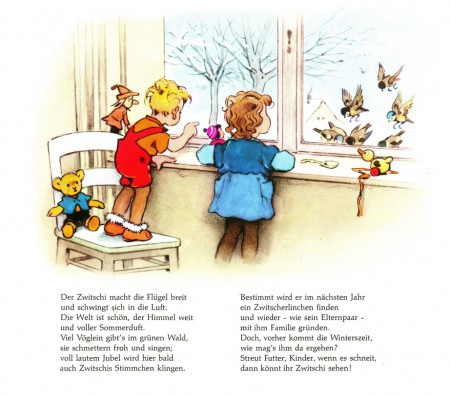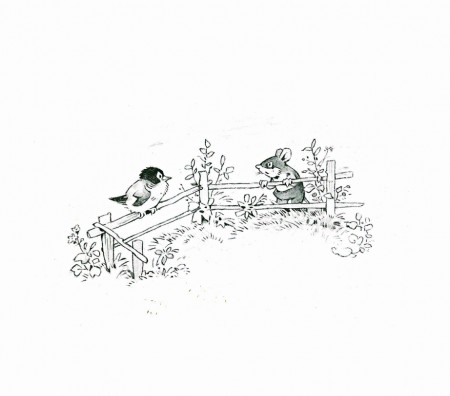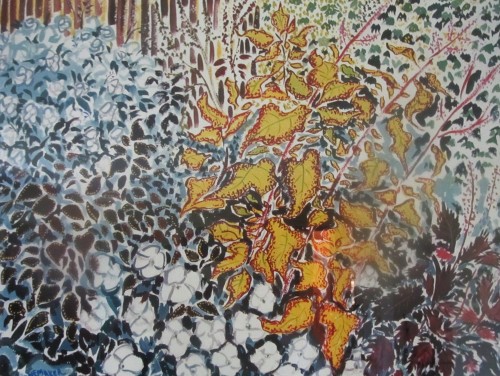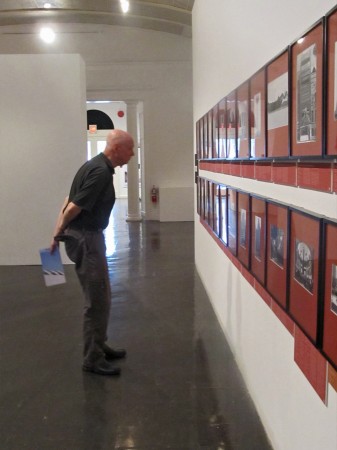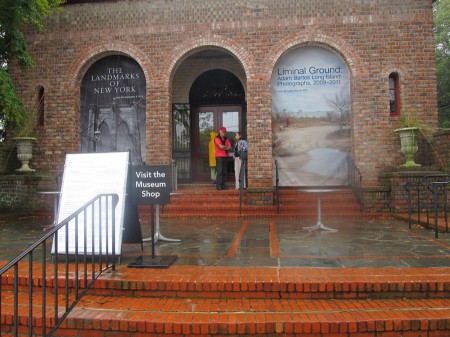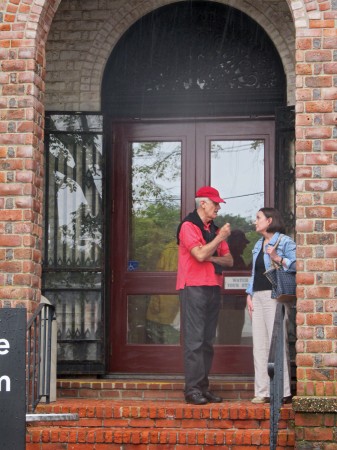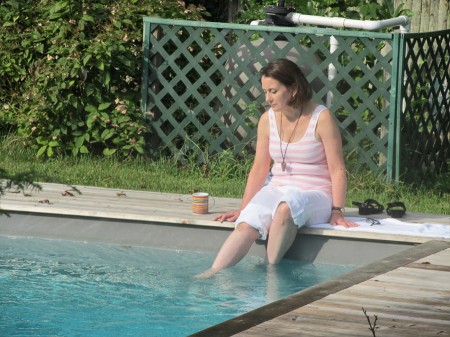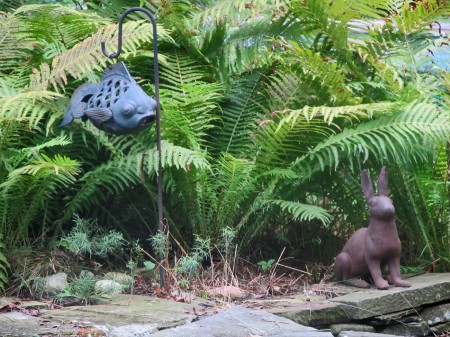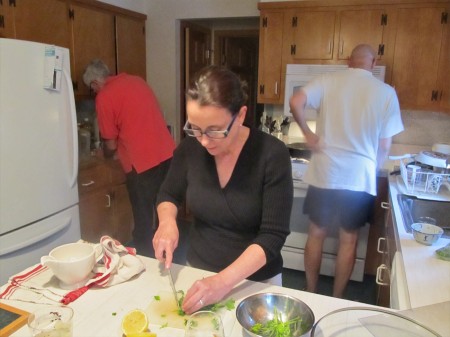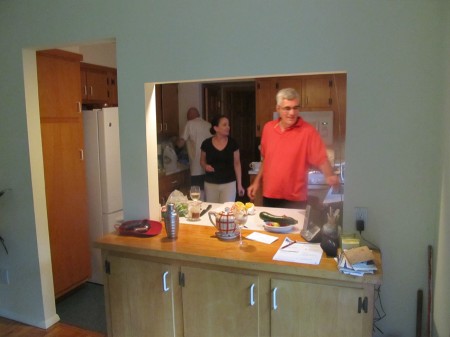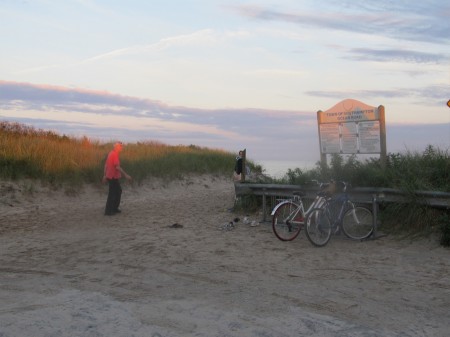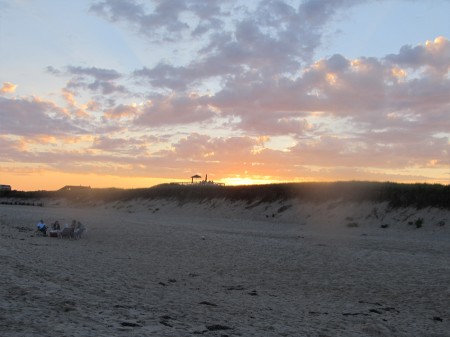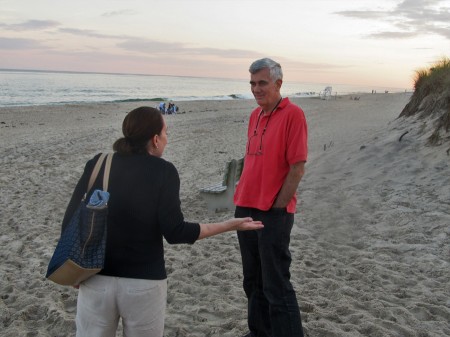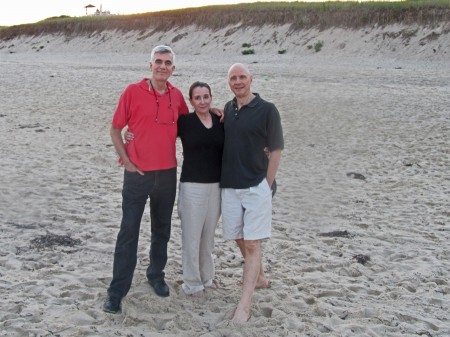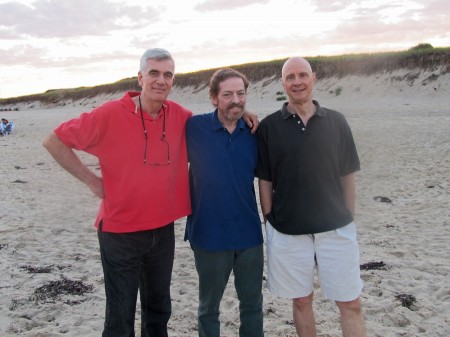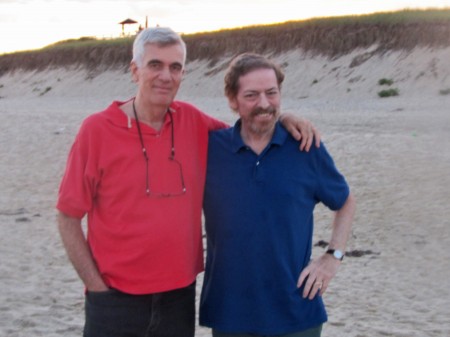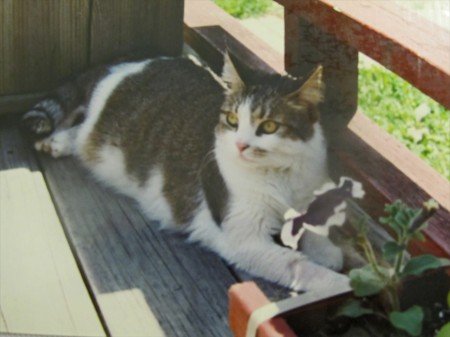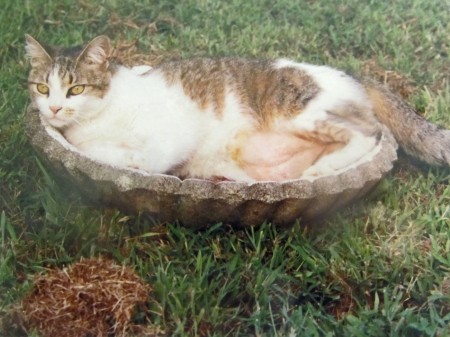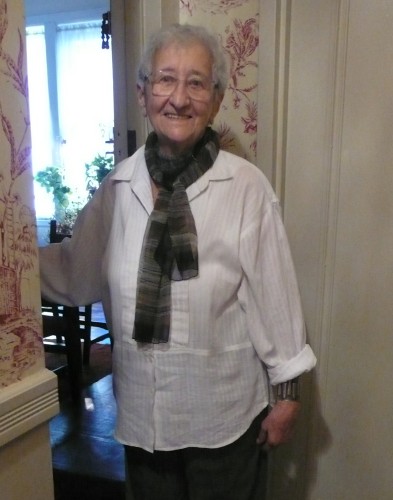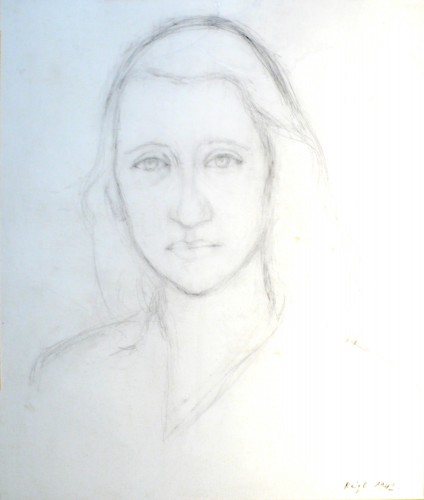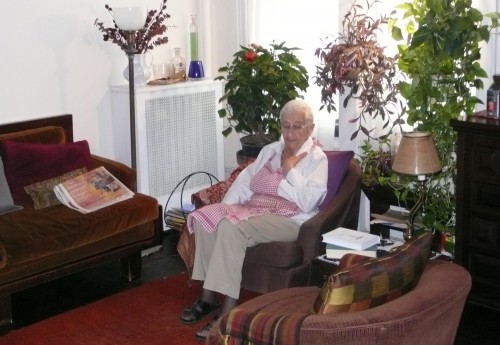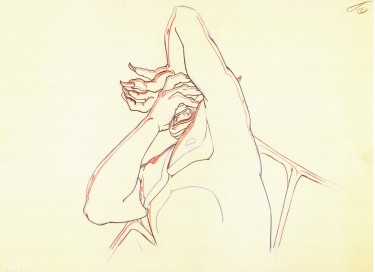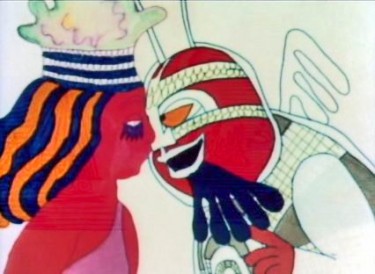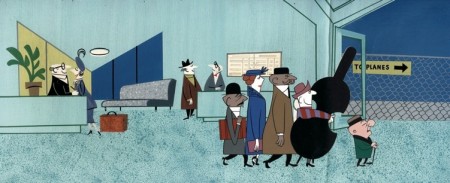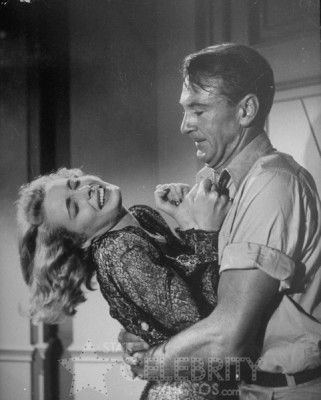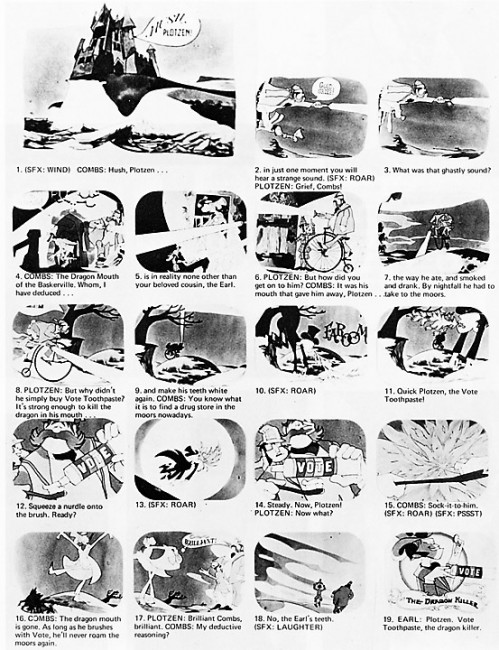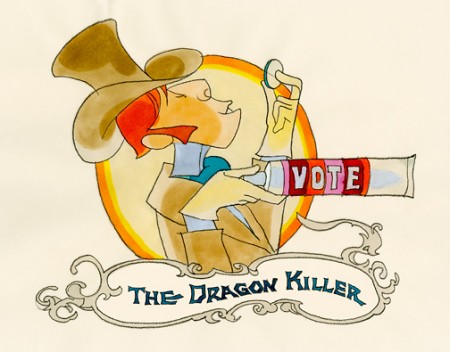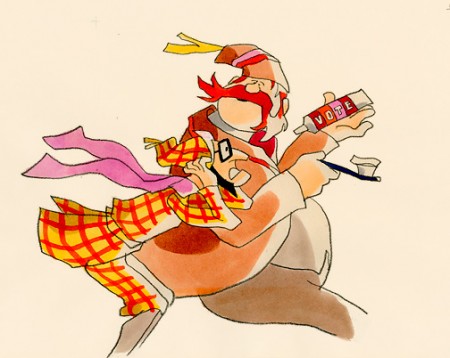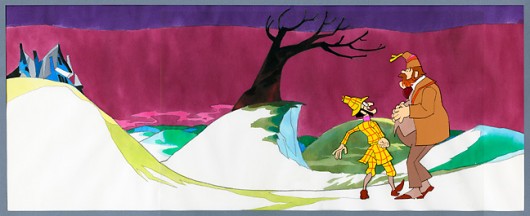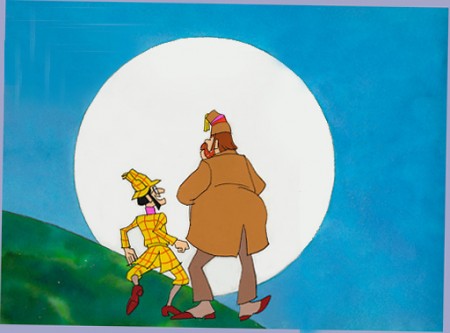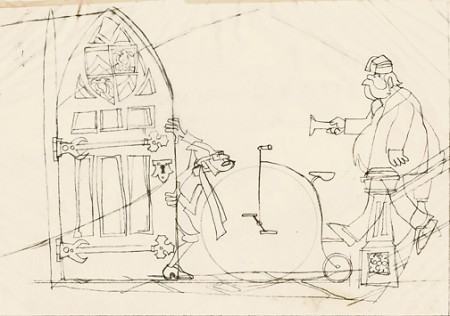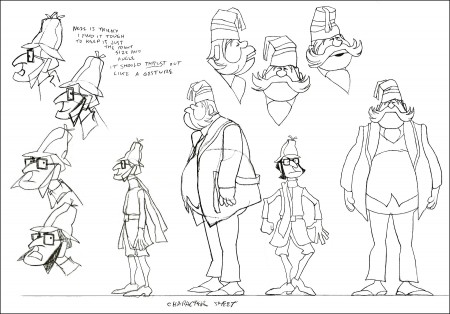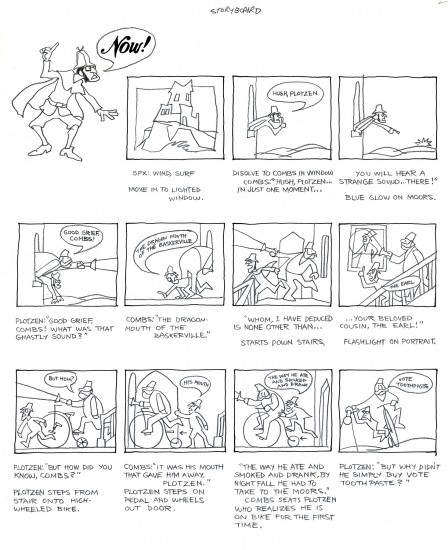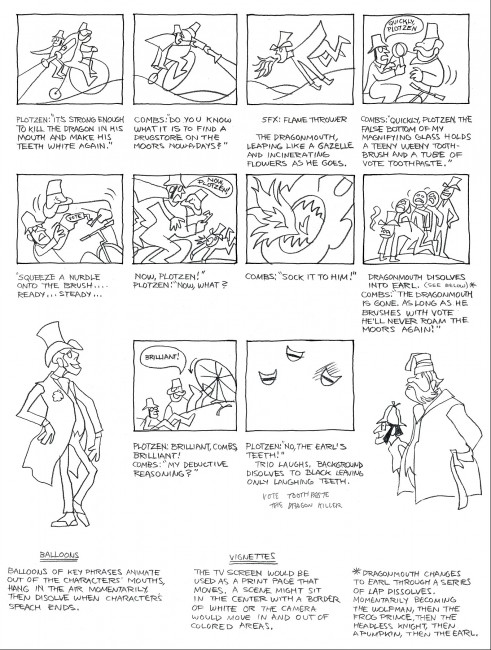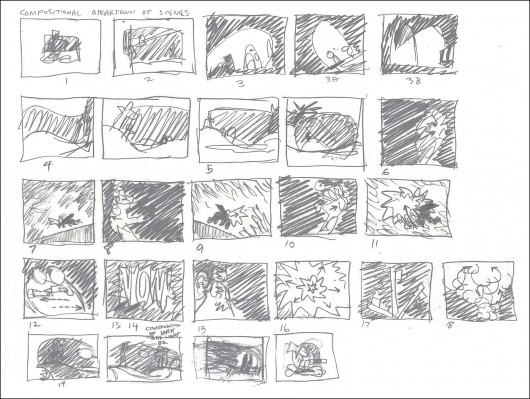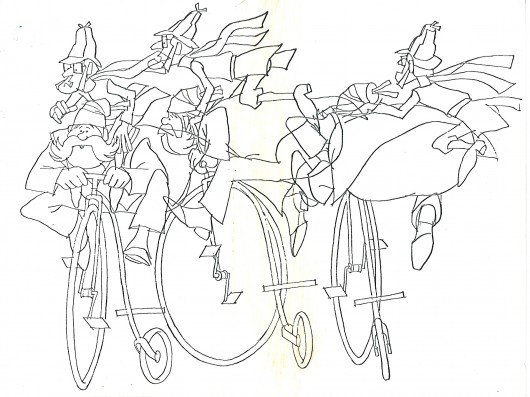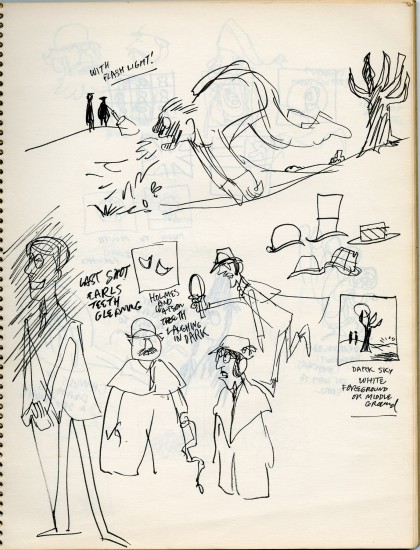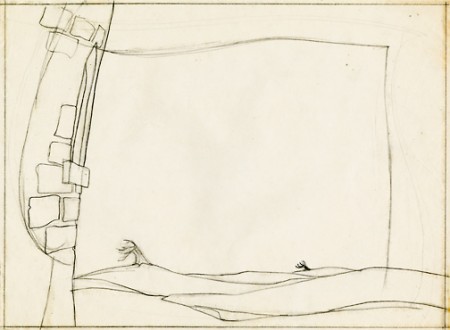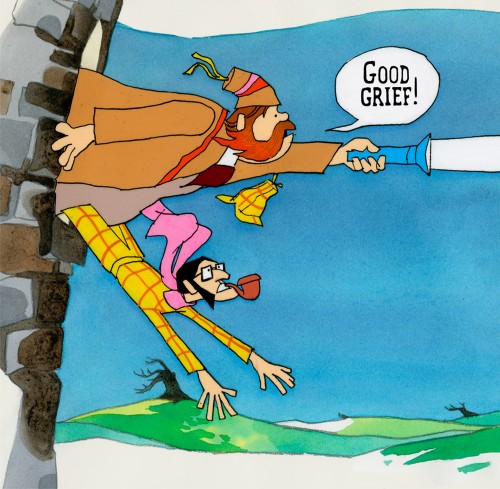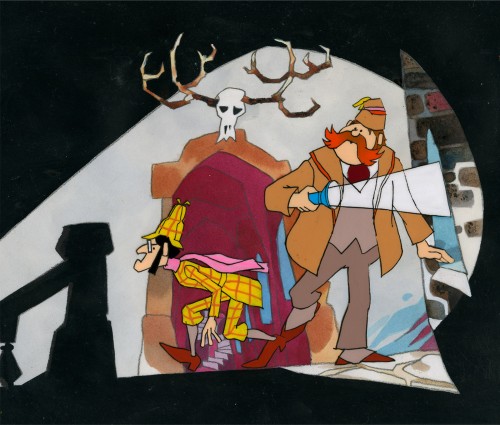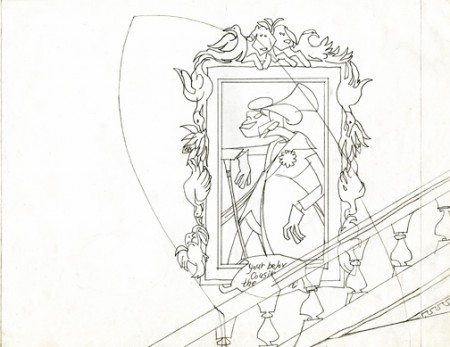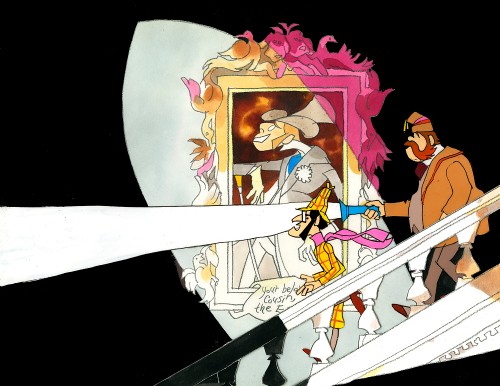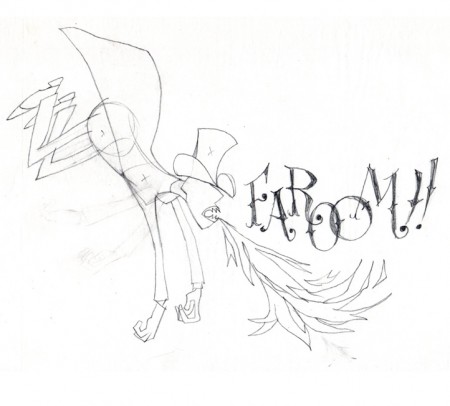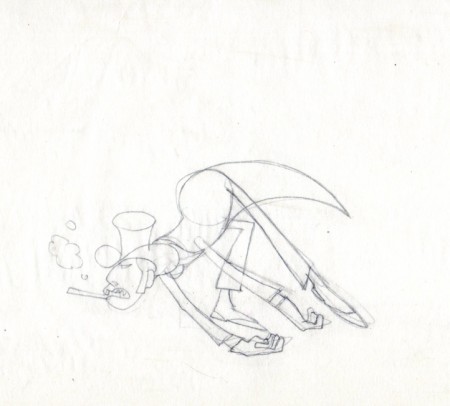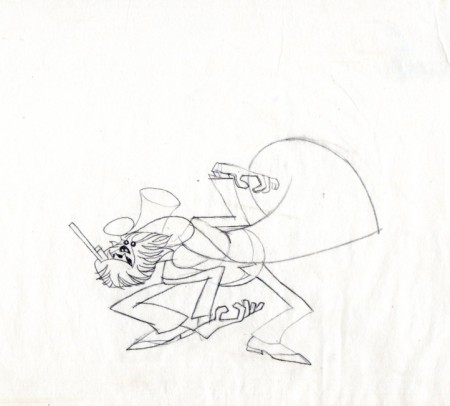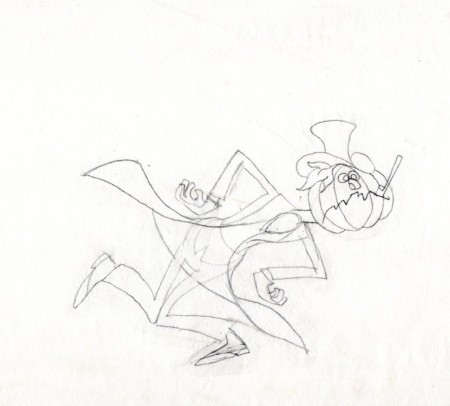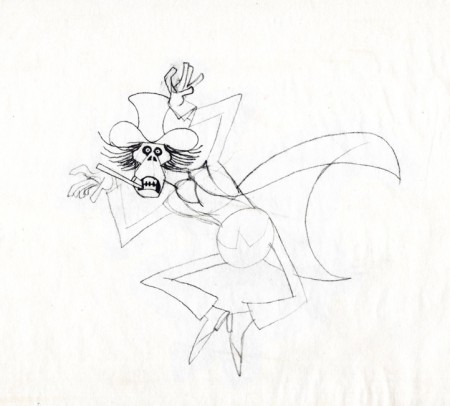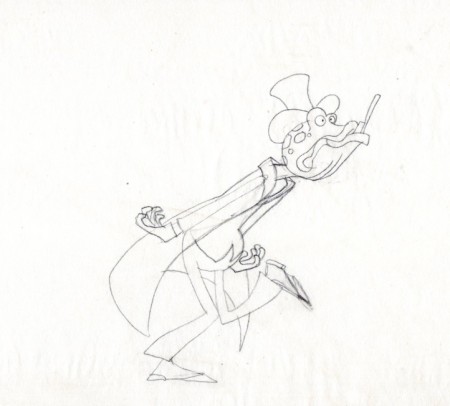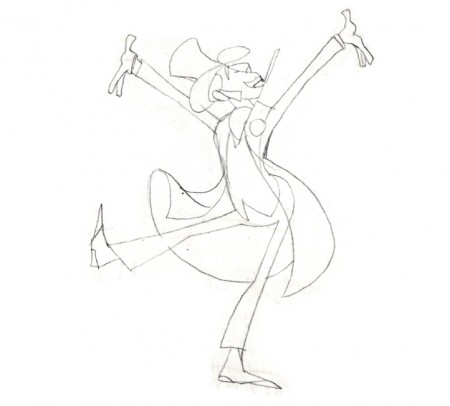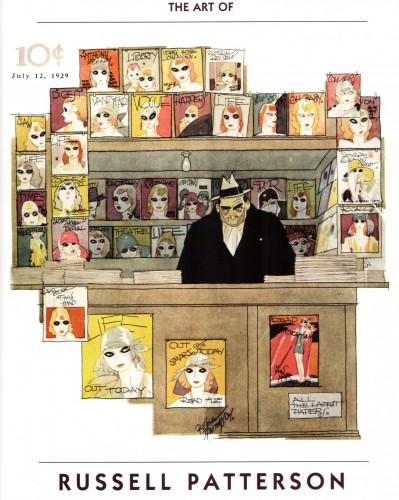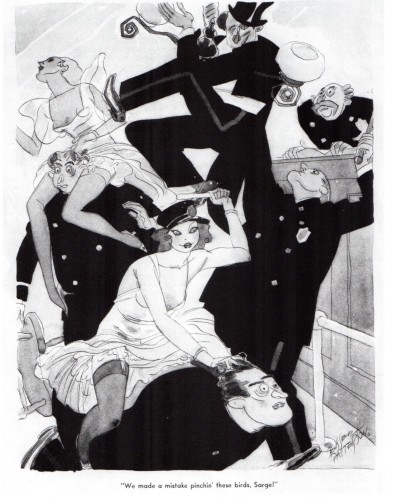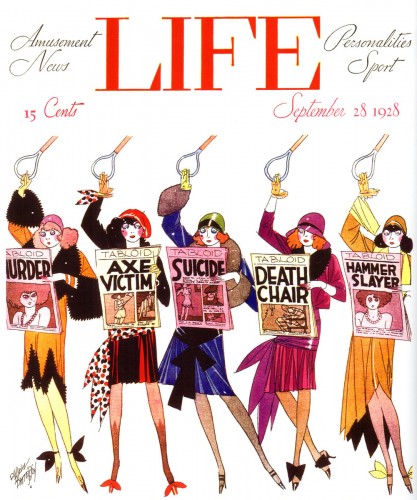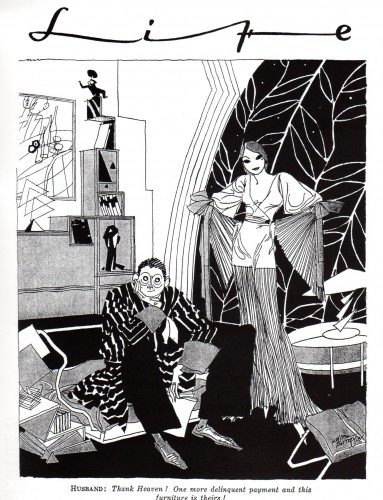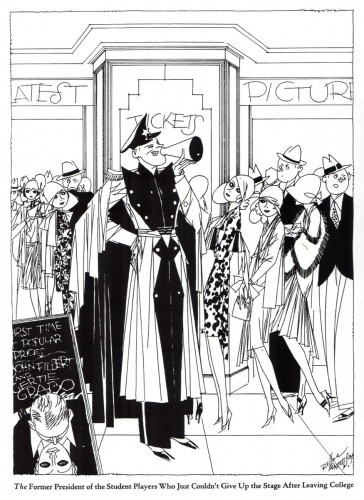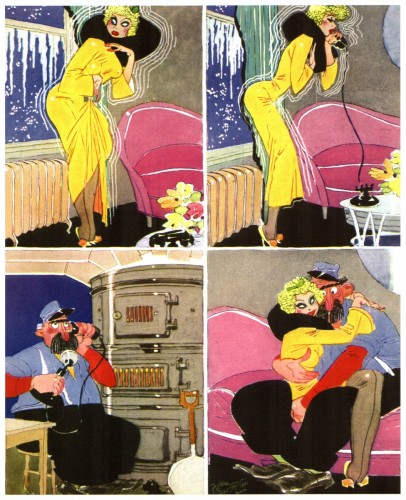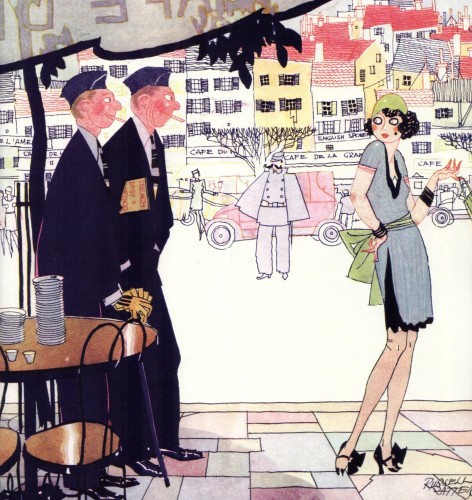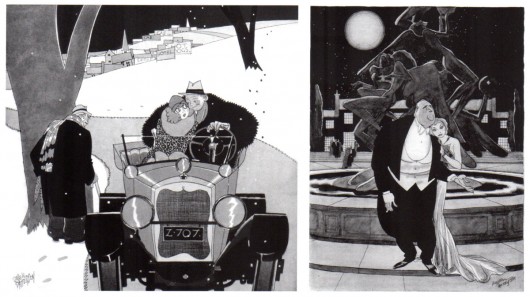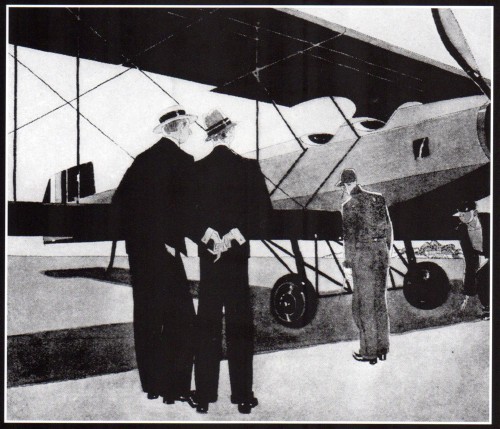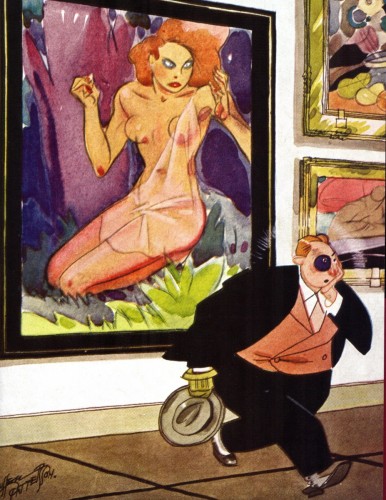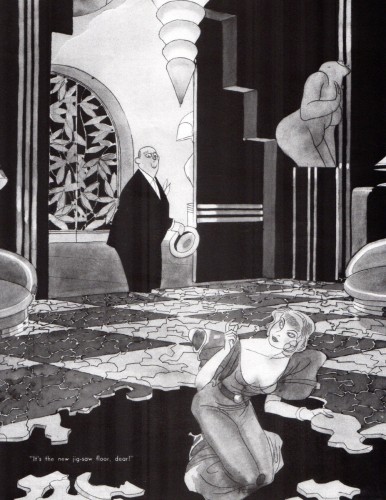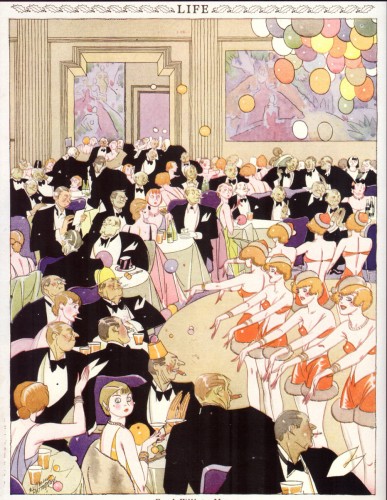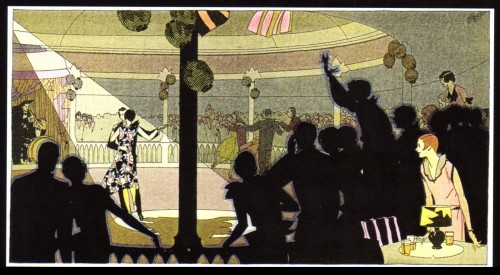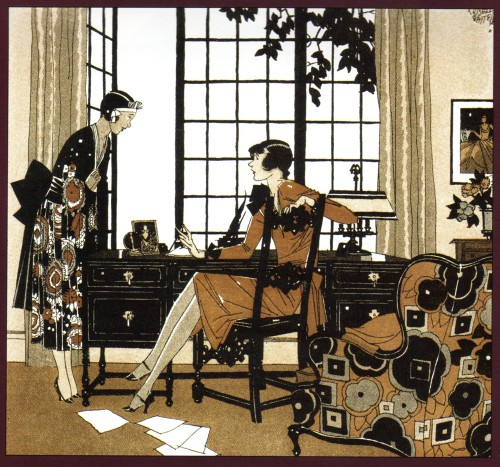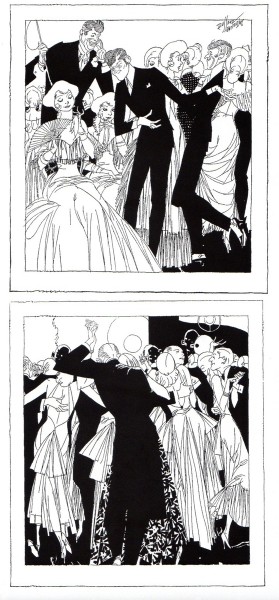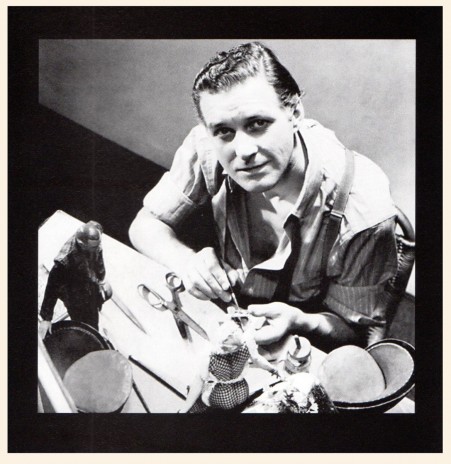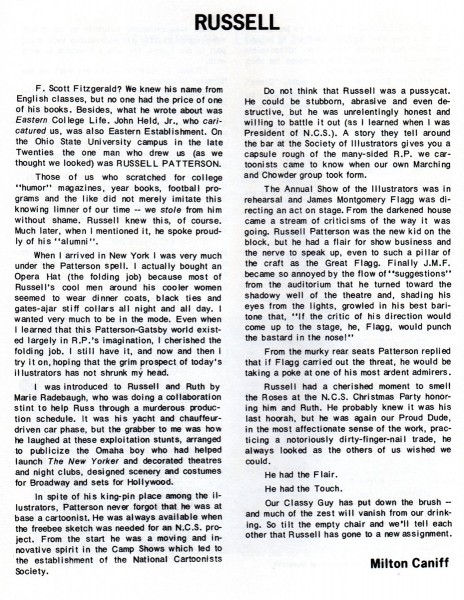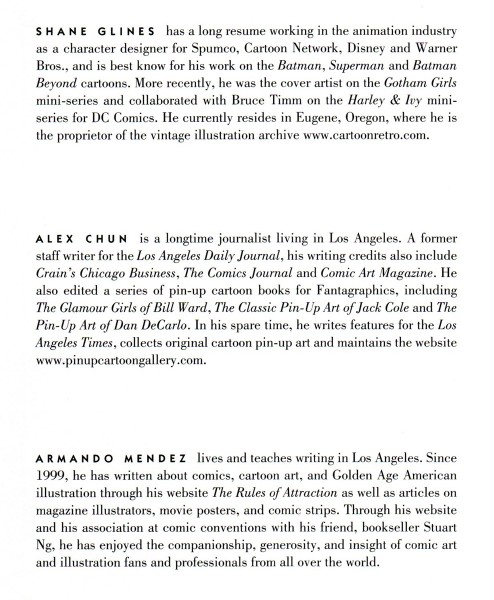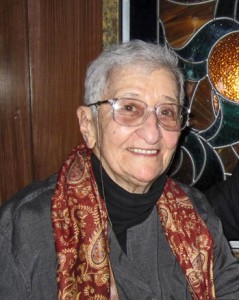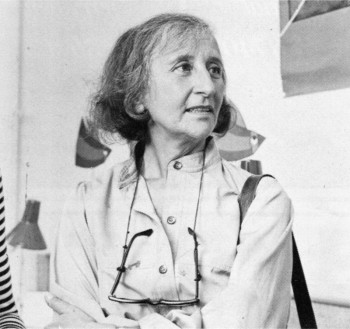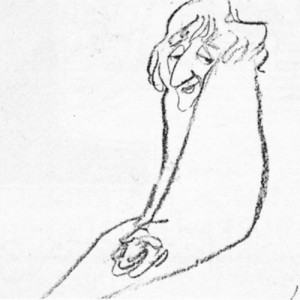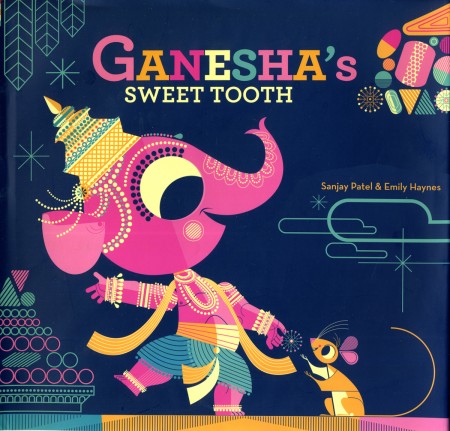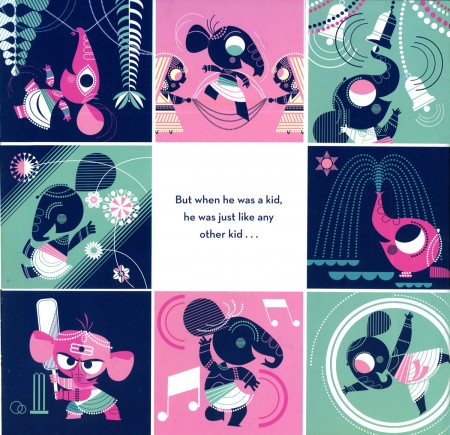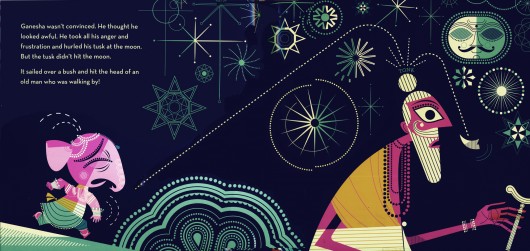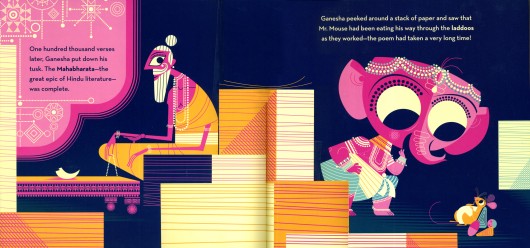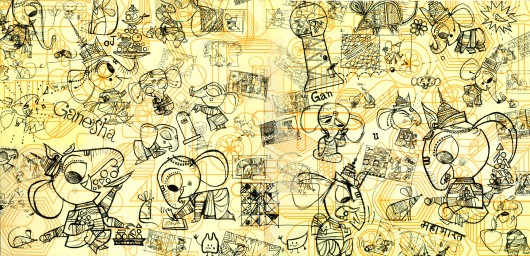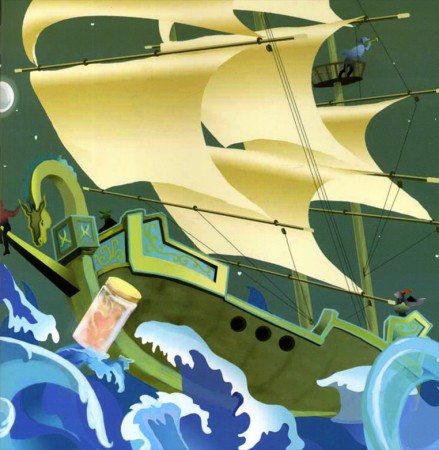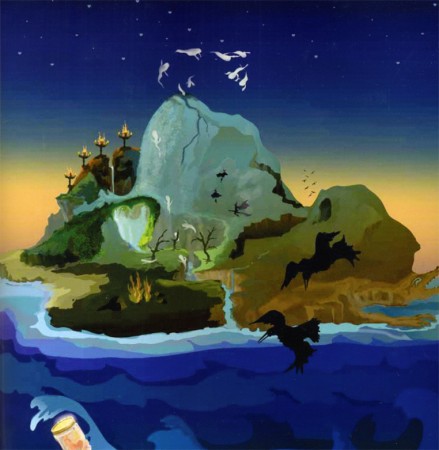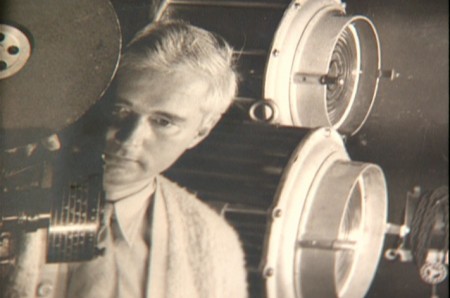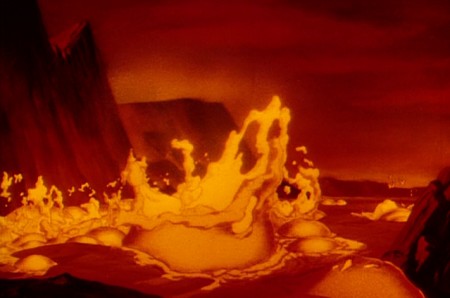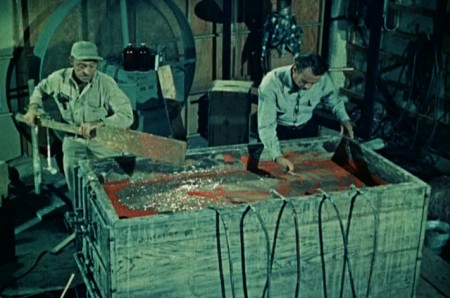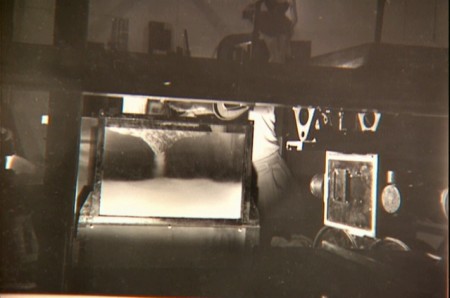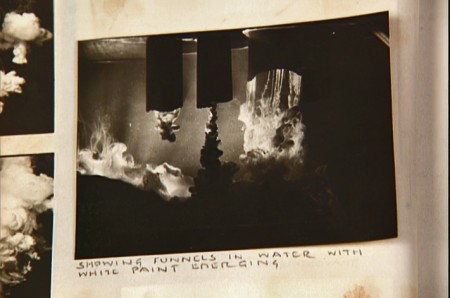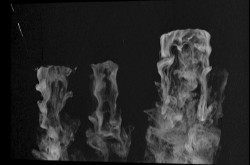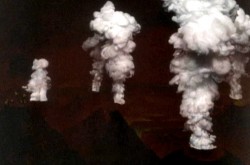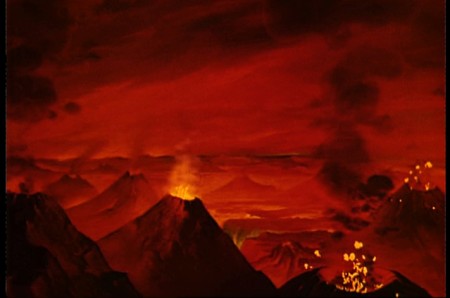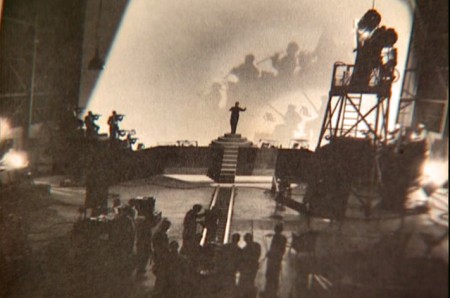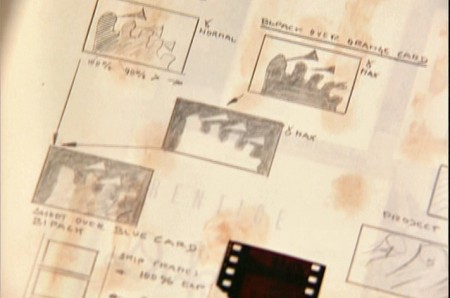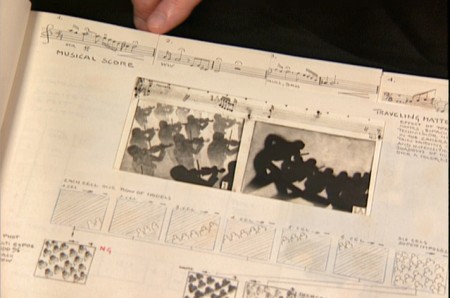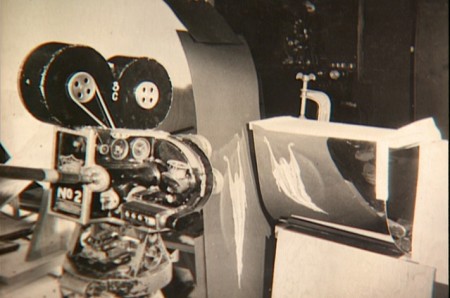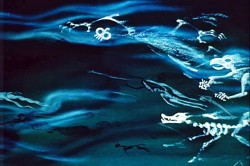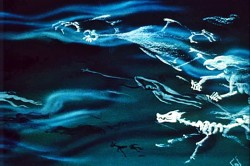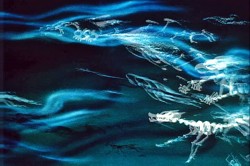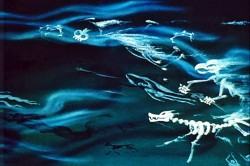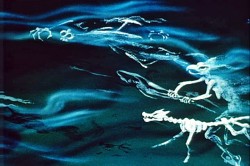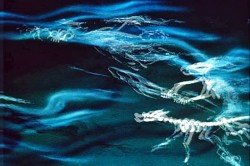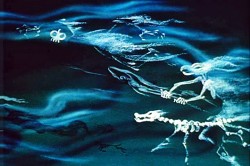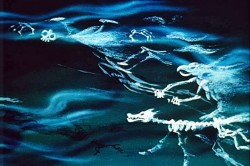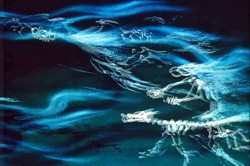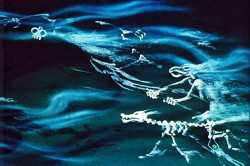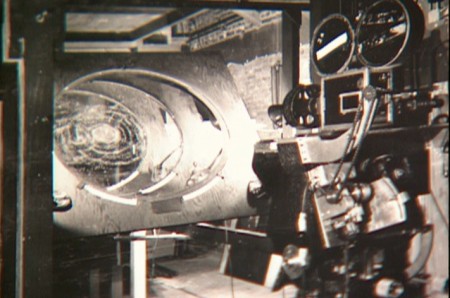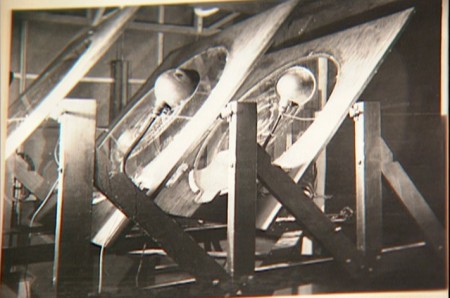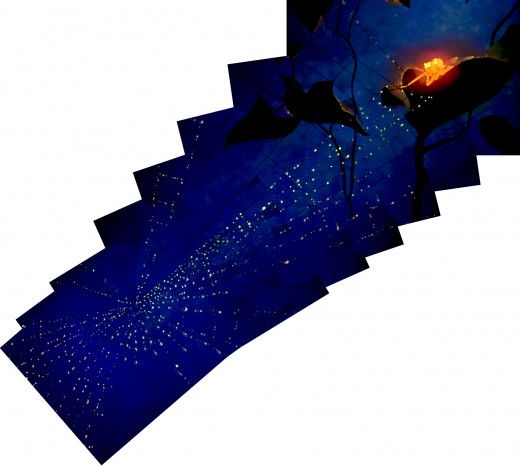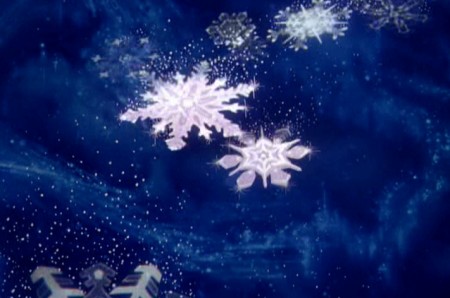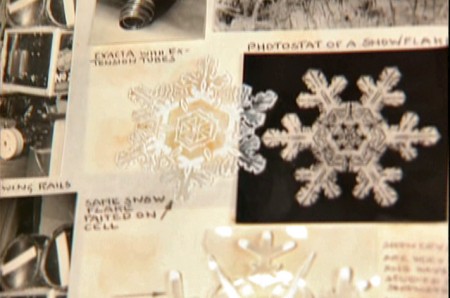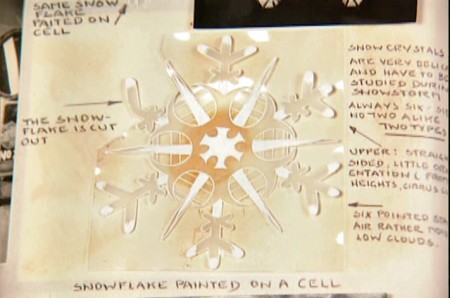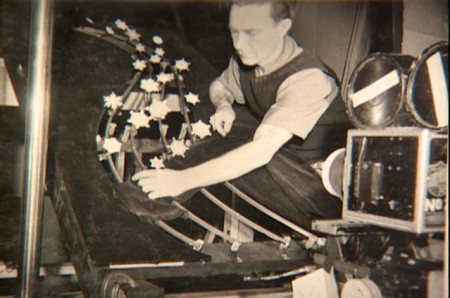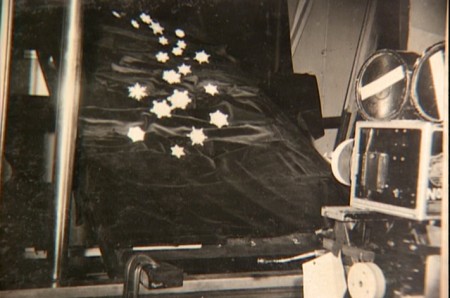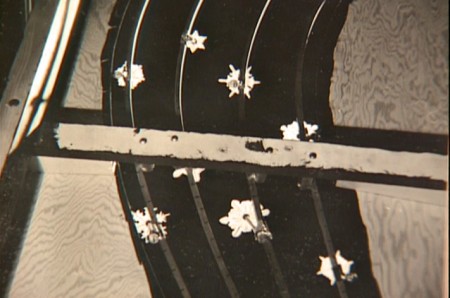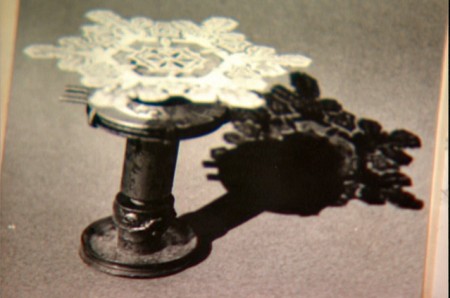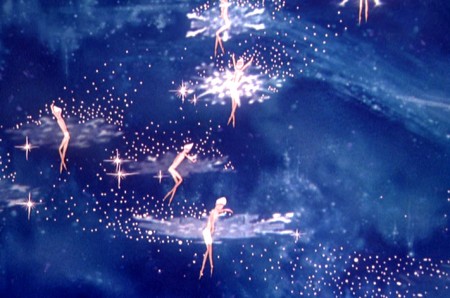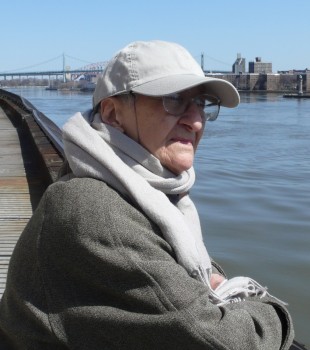 - I’d asked Tissa’s niece, Arlene Nelson, that she include me in any service they’d be having after Tissa died. She called to say that Tissa preferred only family at the religious services they’d be having. (Tissa was a devout Catholic, going to Mass daily – at least since I first met her back in 1972.) Arlene suggested a small memorial gathering at a restaurant, one that Tissa had liked. She recommended this Indian restaurant on the upper East Side. I immediately talked her out of that to find a more intimate approach. The difficulty of gathering a couple of tables for 20 people was troublesome, and we’d probably disturb the clientele on a weekend evening.
- I’d asked Tissa’s niece, Arlene Nelson, that she include me in any service they’d be having after Tissa died. She called to say that Tissa preferred only family at the religious services they’d be having. (Tissa was a devout Catholic, going to Mass daily – at least since I first met her back in 1972.) Arlene suggested a small memorial gathering at a restaurant, one that Tissa had liked. She recommended this Indian restaurant on the upper East Side. I immediately talked her out of that to find a more intimate approach. The difficulty of gathering a couple of tables for 20 people was troublesome, and we’d probably disturb the clientele on a weekend evening.
I called Candy Kugel to see what ideas she had. She suggested we have it at Buzzco, her studio. She had a couple of long tables which she’d place together, and we could sit, eat snacks (cheese, fruit, veggies) and have a glass of wine while chatting over memories of Tissa.
All very impromptu with less than 24 hours to organize.
There were about 8 family and friends that would come, and I said I’d match that number with animation people that had known Tissa for years. John Canemaker and Joe were going to be out of town; Emily Hubley would also be out of town.
However, John and I briefly discussed an official memorial we’d like to organize for the animation community. John and I will arrange this memorial within the next 4 to 6 weeks. We’ve already started to search for a place where we can screen films and talk on mike.
In the end, there were these people who came to the gathering:
Bob Blechman, Richard O’Connor, Candy Kugel, Dick Rauh, Howard Beckerman, Tony Eastman, Jimmy Picker, John Dilworth and Lisa Crafts. Of course, Heidi and I were also there.
It was to start at 3pm; I bought four bottles of wine, Candy made Lemonade – which was, really, the drink of choice. John Dil brought a bottle of Hungarian wine in honor of Tissa. I bought five different types of cheese and four different kinds of crackers. Everybody had arrived by a few minutes after three. Punctual.
Let’s look at some pictures:
Gathering
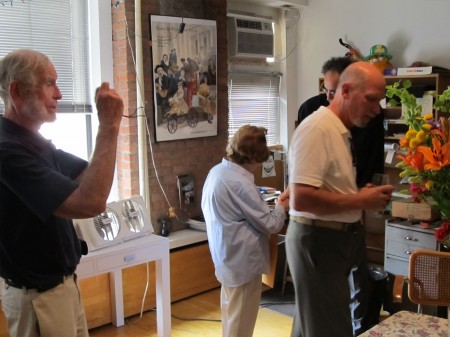 1
1
(LtoR) Howard Beckerman, Ruth Mane,
John Dilworth behind Ray (Tissa’s cousin)
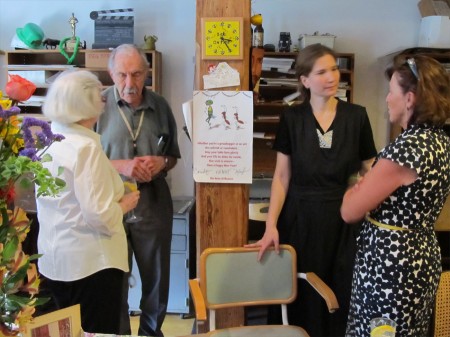 2
2
Susan Davis, with Dick Rauh
Arlene, Tissa’s niece from Virginia,
talking with Marilyn, Tissa’s cousin from Mass.
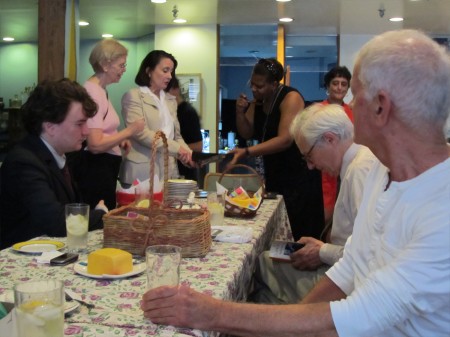 3
3
(LtoR) Richard O’Connor, Beth (an ex-nun who gave Tissa
religious services daily throughout this entire period), Heidi,
Sheryl (Tissa’s nurse), Bob Blechman (seated) Candy (in the rear),
Tony Eastman (far right front).
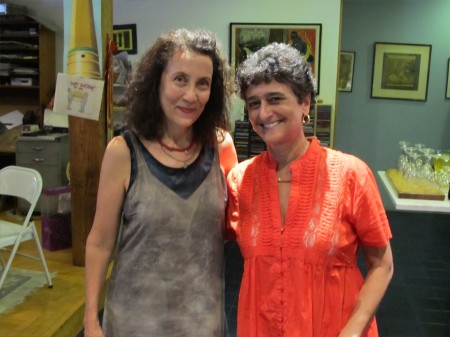 4
4
Lisa Crafts and Candy Kugel
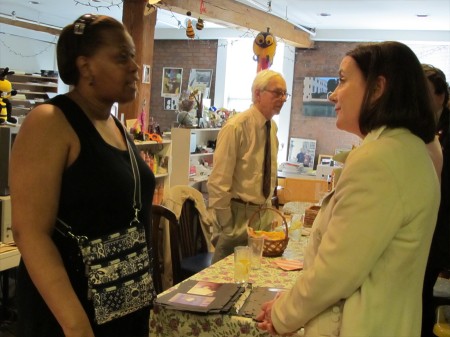 5
5
Sheryl talking with Heidi in the foreground,
Bob Blechman between them in the rear.
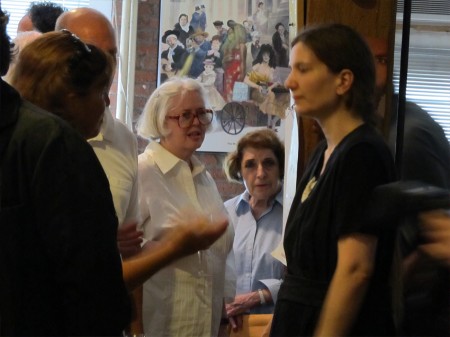 6
6
Marilyn and Ray David (left foeground),
Susan Davis (in white) talking with Arlene.
Ruth Mane is in the middle, between them.
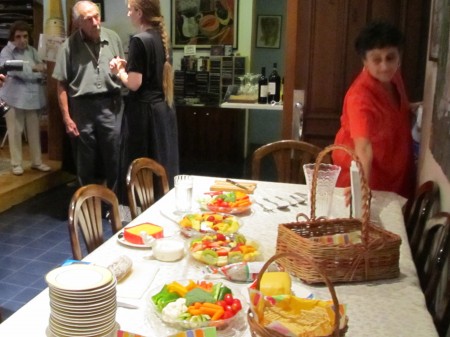 7
7
Candy is setting food & snacks on the table.
(LtoR in rear) Ruth Mane, Dick Rauh, Arlene
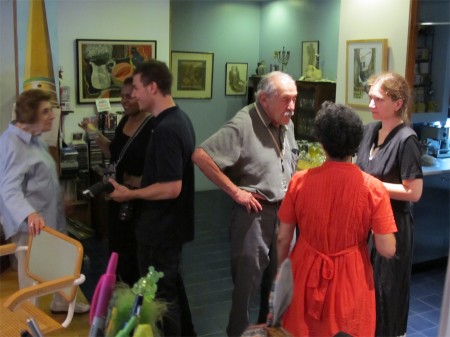 9
9
(LtoR) Ruth Mane, Sheryl, and Andras talk.
Dick Rauh, Candy Kugel and Arlene.
At this point, I decided it was time to get the show on the road. I suggested that
we all sit down and take turns talking about Tissa, telling stories we remembered.
Telling Stories
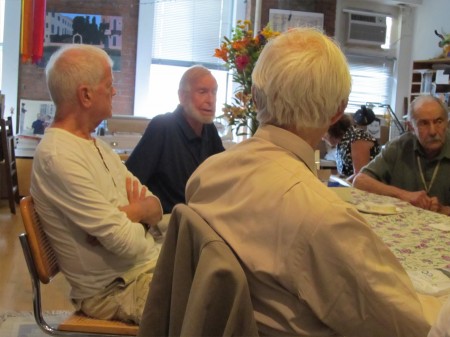 11
11
(LtoR)Tony Eastman, Howard Beckerman, Bob Blechman
Howard Beckerman started things off saying that he was at the very place
where Tissa got her NY start – UPA. The department manager asked
Grim Natwick to interview Tissa, who could barely speak English.
Grim brought her into the large vestibule and asked Tissa what she
thought animation was. Tissa responded, “Animation is . . . animation.”
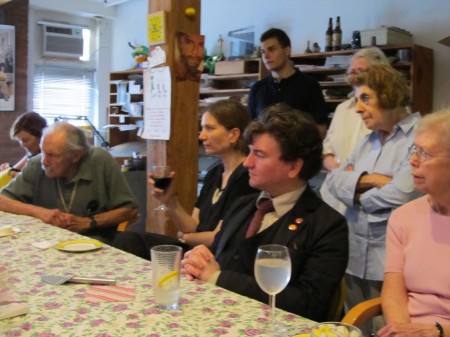 12
12
(LtoR) Marilyn David, Dick Rauh, Arlene Nelson, Andras (in rear)
Richard O’Connor, Susan David (in rear), Ruth Mane, Beth.
Howard’s story is oft told, though he had more details than usual.
Tissa gave me her side of the story. She didn’t really understand
what Grim was asking her, and this was her way of trying to clarify.
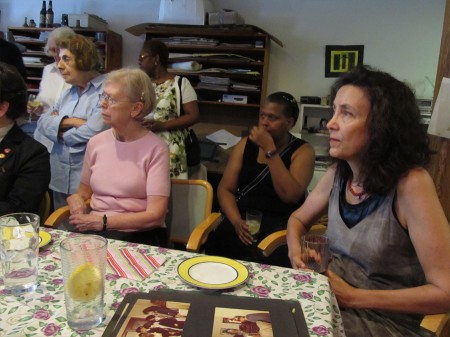 13
13
(LtoR) Susan Davis (in rear), Ruth Mane, Beth, Sheryl, Lisa Crafts.
Grim hired her because of that answer, and
the two became close for the rest of their lives.
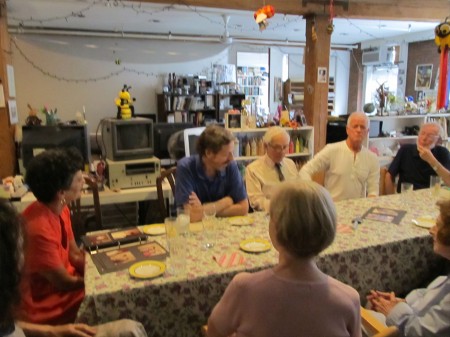 14
14
(LtoR rear of table) Candy Kugel, Heidi Stallings (hidden) me, Bob Blechman,
Tony Eastman, Howard Beckerman. (Front of table) Beth, Ruth Mane
Bob Blechman picked up the story telling. He talked about some credit that
was being drawn for one of his projects. (I think it was Simple Gifts.)
The designers were credited as “Artists” and Tissa wanted to know why she wasn’t
credited as an “Artist” as well. (Only the “Artists” received credit in the publication.)
Bob said he made sure that Tissa got the credit as “Animation Artist” because,
“she was a true “artist”.
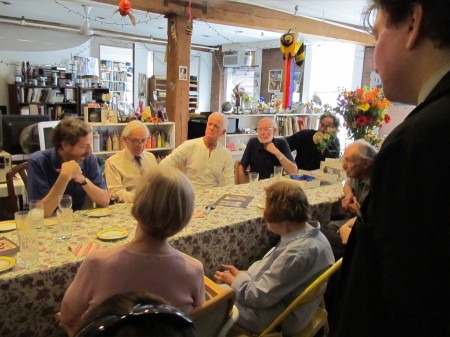 15
15
(LtoR – rear of table) me, Bob Blechman, Tony Eastman,
Howard Beckerman, John Dilworth
(Front of table) Beth, Ruth Mane, Dck Rauh, Richard O’Connor up close on RIght
I then told the story of my first meeting Tissa at the Hubley studio.
In the I&Pt room, there were only two people working on a commercial,
Helen Komar (an Asst. Animator working, then, as a prod. coordinator) and me.
While working furiously on my artwork, I heard a Hungarian voice in the room:
“Who has done these HORRIBLE inbetweens?”
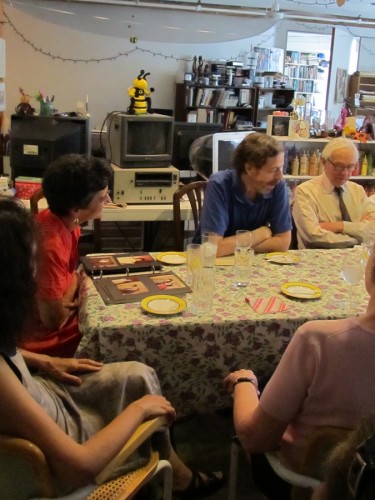 16
16
(LtoR – rear of table) Candy Kugel, me, Bob Blechman
(Front of table) Lisa Crafts, Beth
I was the obvious culprit and nervously raised my hand. They had their
smile and then Tissa took me under her wing to teach me about animation.
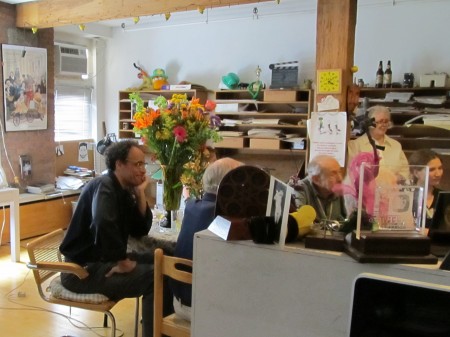 17
17
(LtoR) John Dilworth, Howard Beckerman (partial view of back),
Dick Rauh, Susan Davis, Arlene Nelson
I’d go to Tissa’s apartment about once or twice a week and she’d
give me Grim Natwick drawings to either clean up or inbetween.
Then she’d tear me apart for the work I’d done.
Eventually, I learned a thing or two about animation.
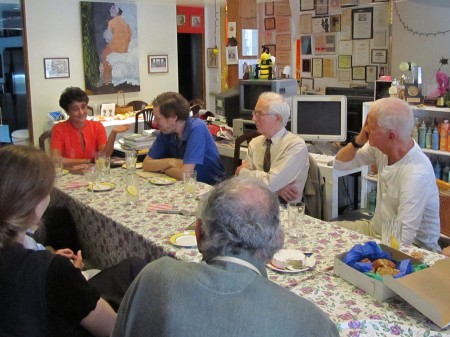 18
18
Candy told of meeting Tissa and, having talked with her over the phone,
thought Tissa was much younger. Candy was ultimately surprised to find
someone as old as her mother. She took similar lessons from Tissa, but
Candy felt that her skin wasn’t quite as thick as mine. Taking the hard
words from Tissa wasn’t always easy.
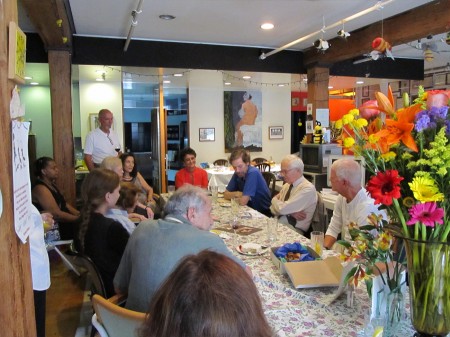 19
19
Candy also talked about a memorable dinner; Tissa cooked a Hungarian
dinner for John Canemaker, Candy Kugel, me and some of our companions.
Candy, at the time, was a vegetarian. Tissa didn’t know. Candy felt she
could eat around the meat. Unfortunately, the meal was goulash, and
Candy had more than a little difficulty eating it.
Candy eventually became a carnivore, and Tissa became a vegetarian.
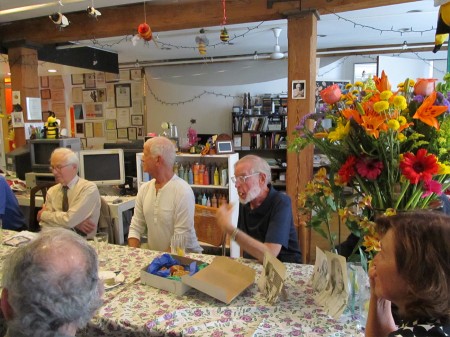 20
20
From here the story-telling became more of a conversation with a lot of
back and forth about ASIFA and animation and Tissa’s work. It was
mostly light and funny and fun.
The gathering eventually had to break up since some of us had trains to catch or places to get to. However, it was an enjoyable couple of hours remembering someone who was so dear to all of us present. We’d have to look forward to the official memorial we’ll set up in the next month or so.
Here’s some background on those people in the snaps:
- Bob Blechman, the producer director of films especially featuring his own squiggly lined character. A famous designer and cartoonist who hired Tissa for years out of his studio, The Ink Tank.
- Richard O’Connor, a producer director out of his own studio, Ace and Son. He first met Tissa when he worked at Blechman’s studio. Eventually, he worked with her on many a spot from his own studio.
- Dick Rauh, the first President of ASIFA-EAST with Tissa as his Treasurer. They ran the chapter for many ears. He also was the head of the Optical House, a prestigious producer of film opticals. He retired to draw stunning botanical illustrations.
-Howard Beckerman, was a mainstay in animation. He worked at UPA when Tissa was first hired there. He was a designer/animator/director at Paramount. Eventually, he had his own studio for many years in NY. He was one of the leading instructors at the School of Visual Arts. In fact, he still teaches there. Oh yes, he’s also written several books.
- Candy Kugel has been in animation since the early 70s, first at Perpetual Motion Studios, then Buzzco Productions, which ultimately left the hands of Buzz Potamkin and became a joint venture between she, Marilyn Kraemer and Vince Cafarelli, as partners, Buzzco Associates. She’s responsible for MTV’s first ID, the spaceman with the flag.
- Tony Eastman, an animator and designer. The son of UPA writer and author, P.D.Eastman. Tony now continues the book series his father started. He worked for years at the Ink Tank before going into business for himself.
- John Dilworth, director and animator and proprietor of the studio, Stretch Films, from which he produced “Courage, the Cowardly Dog”. His character and the show’s pilot, was nominated for an Oscar.
- Jimmy Picker, the Oscar winning clay animator who has been something of a quiet center for a lot of animation in this City.
- Lisa Crafts, a brilliant Independent animator. She has been making her own films for decades now and has worked at numerous studios about town, including my own.
Tissa’s friends and family:
- Arlene Nelson, Tissa’s niece, the daughter of Tissa’s sister. She came up from Virginia to settle and arrange all the affairs.
- Susan Davis, the friend of Tissa who diligently helped her every day dring this long and tiring period. Susan also notified a large number of people to keep them abreast of any changes in Tissa’s condition. We spoke often, about once or twice a week.
- Sheryl, the nurse who moved in with Tissa after the most recent hospital stay. At first, Tissa objected to having a nursing aide. Within a few days she told me privately that she enjoyed Sheryl’s companionship (not to mention her assistance). They watched the Olympics together.
- Ruth Mane, a dear friend of Tissa’s for many years. Ruth was a remarkable inker and checker during the years of the big studios. She was well known for her brilliant, meticulous lettering.
- Andras, Tissa’s great, grand nephew. He came from Hungary to visit his aunt, arriving on Tuesday, the day Tissa died. He took many photos of the event.
- Beth, an ex-nun who came to Tissa daily over the past four years to help her perform her daily religious service. She administered the Eucharist on more than one occasion while I was present.
- Ray and Marilyn David, Tissa’s cousins from Massachusetts.
.
Photo of Tissa, above, by Mate Hidvegi taken this past March.
_____________________________________
The Los Angeles TImes printed an Obituary for Tissa David, which you might appreciate seeing. (The Chicago Tribune printed this same obituary from the LA Times.)
